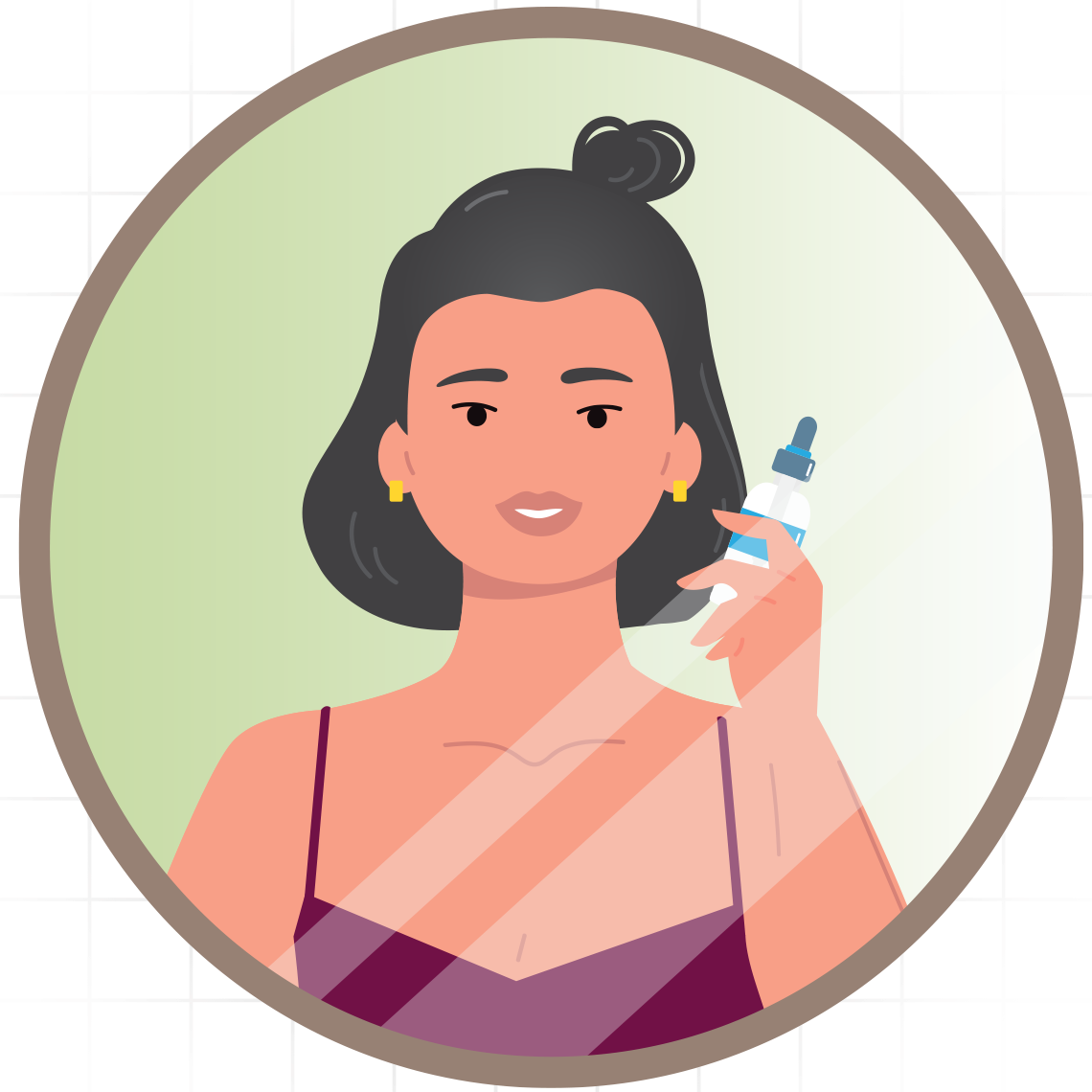AARP Hearing Center


When your mirror reflects a few more imperfections than you’d like to see, a minor cosmetic procedure could be just the thing to give your face or body a youthful boost without the downtime and expense of plastic surgery. Whether you’re smoothing fine lines and wrinkles with Botox or restoring lost volume with filler, you expect to leave the procedure looking better than when you went into it. Yet that doesn’t always happen.
Things can go wrong, even during a minor cosmetic procedure. An eyebrow droops. Lips or cheekbones are over-plumped. Scars form.
While some cosmetic complications are minor and easily fixable, others are permanent — some even disfiguring. Choosing an experienced provider and going in with realistic expectations will prevent you from having a serious case of regret after a cosmetic procedure gone wrong.
“These procedures can enhance somebody’s looks when done correctly for the right reasons and in the right areas of the face,” says Lyle Leipziger, M.D., chief of plastic surgery at North Shore University Hospital and LIJ Medical Center on Long Island. “But they’re not an immediate transformation.”
1. Botox and similar treatments
Botulinum toxin, better known as Botox (other brand names include Dysport, Xeomin and Jeuveau), tops the list of the most popular minimally invasive cosmetic procedures performed in the United States. While potentially deadly when ingested, this toxin is a potent muscle relaxer that smooths fine lines and wrinkles when injected into strategic areas of the face.
How you look afterward depends on where you get these injections and how much Botox your doctor uses. “You can have people who look mannequin-like if too much Botox is injected,” says Cameron Rokhsar, M.D., founder and medical director of New York Cosmetic, Skin & Laser Surgery Center and associate clinical professor of dermatology at Mount Sinai Hospital in New York City.
If your doctor inadvertently paralyzes the wrong muscles in your forehead, you can wind up with an eyebrow that’s either drooping or raised, Mr. Spock-like. Botox injected into the wrong muscles around the mouth can cause a sagging smile.
These problems are merely cosmetic, but if the toxin is injected into the wrong area near your eye, your eyelid might droop so much that you can’t fully open your eye. That’s called ptosis, and it affects up to 3 percent of people who have Botox, according to the manufacturer’s website.
The toxin can also migrate from its original location to nearby muscles, which is why Leipziger gives his patients a set of rules. “No bending, no lifting, no lying down for the next four to five hours after the procedure. No hats. No massaging that area,” he says. “If you press on the muscle, it is possible to squeeze the Botox into your upper eyelid. Then you can develop eyelid ptosis.”
Most problems are treatable. Your doctor can give you additional Botox injections to lower an elevated brow and treat ptosis with prescription eyedrops. Any unwanted effects that can’t be reversed should disappear in around four months when the Botox wears off, Rokhsar says.





































































More From AARP
What to Do About Droopy Eyelids
From surgery to makeup, check out treatments for fixing this condition
10 Things Medicare Doesn’t Cover
You’ll need to plan ahead to pay for some common medical expenses
Why Do We Get Wrinkles as We Age?
Sun exposure is a major reason, but other factors are harder to control